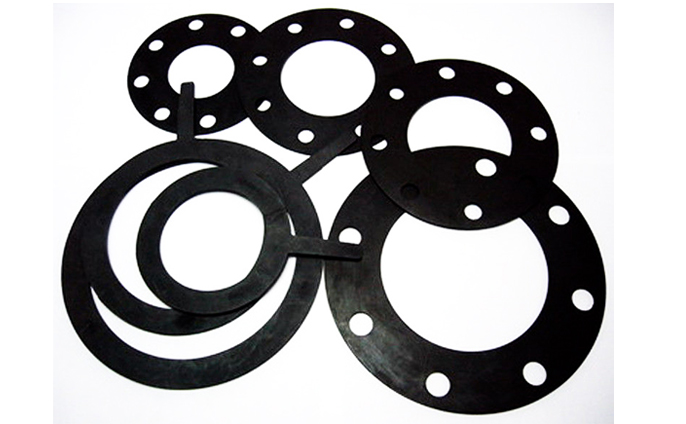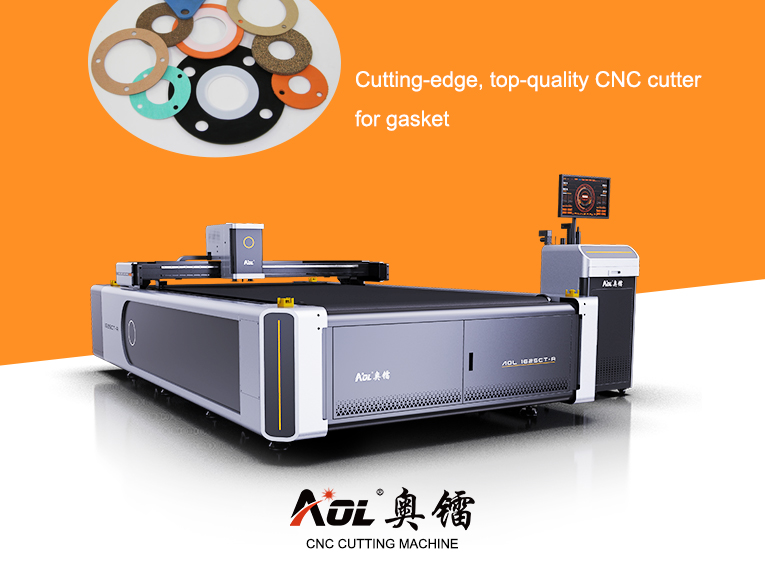Gaskets play a vital role in a variety of industrial applications by sealing the space between two or more mating surfaces to prevent leakage and maintain pressure. They are an important part of the automotive, aerospace, oil and gas, and many other industries. Therefore, having an accurate and efficient gasket cutting machine is critical to optimizing performance and minimizing downtime.

This article will discuss your 7 basic steps to choosing the ideal gasket cutting equipment for your manufacturing project.
1. First you need to assess your business needs
First, you must consider the range of materials being used and the size and thickness specifications of the gaskets that need to be cut. Your production volume and frequency of gasket cutting operations are also important factors to keep in mind. By understanding your unique needs, you can narrow down your choices and select the cutting equipment that best suits your application.
2. Demand for gasket cutting technology
The most common types of gasket cutters include manual, rotary, and CNC cutters. Evaluate the pros and cons of each technology and tailor the most appropriate option to your specific business needs.
Manual cutters are hand-operated tools that require minimal investment but can be labor-intensive and less precise. Rotary cutters, on the other hand, use round blades to cut gaskets, providing better accuracy and speed than manual cutters. Finally, CNC cutting machines use automated cutting equipment to cut gaskets into specific shapes and sizes without the need for molds, providing high precision and efficiency, especially suitable for mass production.
3. Identify key performance characteristics
Key performance characteristics to consider for gasket cutting are cutting accuracy, blade material composition and adjustability options. Additionally, look for safety mechanisms, ergonomic design, and easy maintenance features to ensure a user-friendly experience. The importance of gasket cutter durability and reliability is emphasized as these factors directly impact long-term use and cost-effectiveness.
4. Consider your budget range
When choosing a gasket cutter, check the correlation between price and quality. If possible, focus on long-term cost benefits rather than upfront costs. Keep in mind that pricier equipment may offer better performance, durability, and efficiency, which can ultimately save you money in the long run.
5. Research brands
Invest time in researching brands and models that have a proven track record in the industry. You can use customer reviews, ratings, and recommendations to evaluate product performance and durability. Additionally, seek industry certification or recognition as an indicator of quality and reliability.
Here we recommend using our AOL CNC gasket cutting equipment. If you want to know more, please click to learn more!

6. Understand warranty and service
Warranty coverage and after-sales support are critical when choosing a gasket cutter. Check the manufacturer’s warranty terms and conditions to make sure they meet your requirements. To facilitate timely maintenance and repairs.
7. Conduct testing and evaluation
Test a gasket cutter before finalizing your purchase. This hands-on approach allows you to evaluate cutting accuracy, ease of operation, and safety features. You can also consult with industry experts or watch product demos for additional insights and advice.
At Custom Gasket Manufacturing, we understand the importance of selecting the right gasket cutter for your unique application. We pride ourselves on providing tailor-made advice and recommendations based on your specific requirements and industry standards. Our experienced professionals are dedicated to helping you navigate your options and find the perfect solution for your needs.
Click here to contact us or get a product quote!

